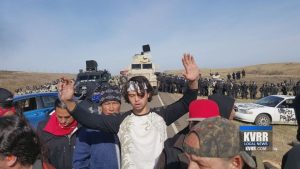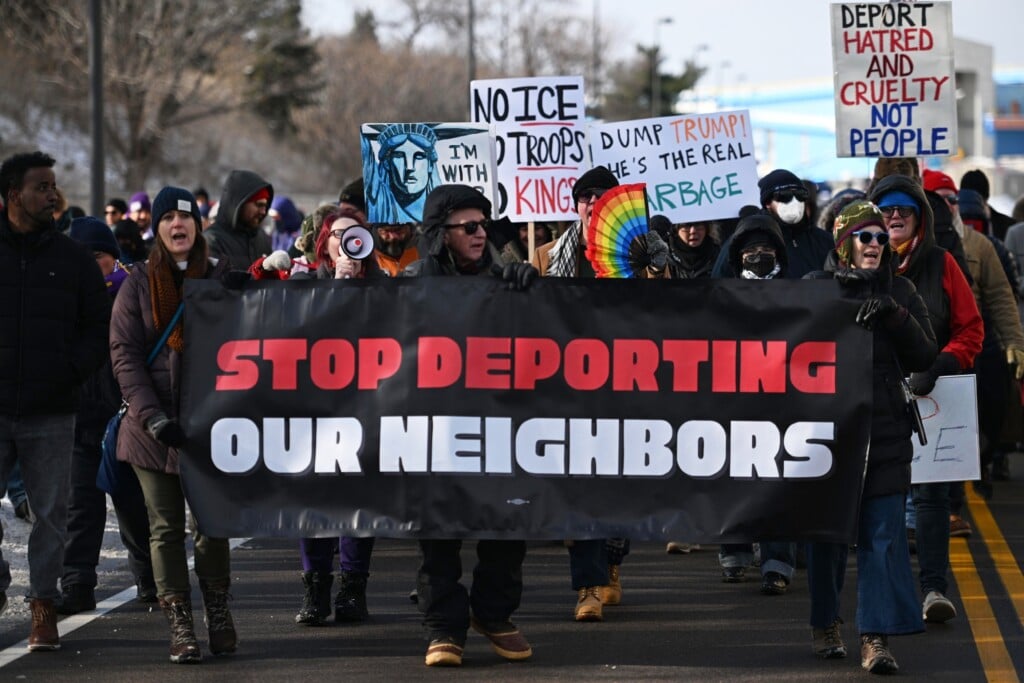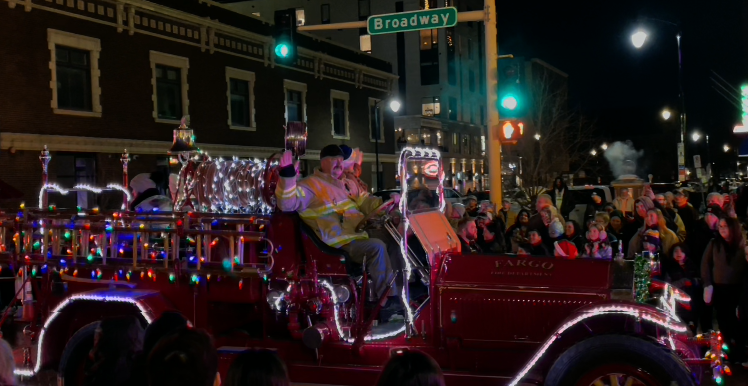Lack of federal support overwhelmed law enforcement during DAPL, officials testify

BISMARCK, N.D. (North Dakota Monitor) – The Dakota Access Pipeline protests would not have mushroomed in size had law enforcement received better support from the federal government, a county sheriff tasked with managing the demonstrations testified.
Morton County Sheriff Kyle Kirchmeier said during a federal trial that U.S. agencies ignored multiple requests from North Dakota for assistance during the protests against the pipeline’s construction in 2016 and 2017.
North Dakota seeks $38 million from the United States as compensation for costs it claims it incurred while policing the demonstrations. A bench trial for the lawsuit, overseen by U.S. District Court Judge Daniel Traynor, began Feb. 15 in Bismarck. It’s expected to last until mid-March.
According to the North Dakota Monitor, attorneys representing the United States, meanwhile, have said North Dakota is overstating the cost of the protests and is asking the federal government to be held responsible for events outside its jurisdiction.
Environmental and Indigenous rights activists came to North Dakota from several states and countries to oppose the project, often referred to as DAPL. In court records, the state estimates the protest camps grew to thousands of people.
The state’s witnesses so far have largely been law enforcement personnel who have described responding to the protests and their experience with federal agencies.
“There was no time during the protests where I thought we had adequate resources,” Eric Pederson, a former North Dakota Highway Patrol captain, testified Wednesday.
The largest DAPL protest camp was north of the Cannonball River, on federal land managed by the U.S. Army Corps of Engineers. Demonstrators also camped on Standing Rock Sioux Tribe land and private property.
Attorneys for North Dakota and the United States disagree over who held primary responsibility for enforcing the law on the Corps’ land.
North Dakota has argued that the Corps gave mixed messages to protesters as to whether or not they had permission to camp on Corps land. This, combined with a lack of federal assistance, dragged out the protests and left state and local police with a crisis they did not have the resources to manage themselves, witnesses for the state have said.
The state also claims protesters never received proper authorization to demonstrate on Corps land. In a December order, Traynor appeared to side with North Dakota on this point.
Kirchmeier characterized communication from the Corps as inconsistent and unhelpful. At one point, a Corps official asked for federal law enforcement support for one protest area, only to later reverse course and rescinded the request — despite that state and local law enforcement still wanted the help, he said.
Traynor openly criticized the Corps during Kirchmeier’s testimony.
“The Corps of Engineers was playing with the law and they knew it,” the judge interjected.
State and local police were waiting for the Corps to take initiative — or at least cooperate with North Dakota, said Paul Laney, then-sheriff of Cass County, said on the witness stand Wednesday.
But the Corps never made it clear to the protesters that they were breaking the law by camping on federal land, he said.
Attorneys for the United States countered that state and local law enforcement knew they had jurisdiction to enforce state law on Corps land and could have stepped in if they wanted to.
Laney, who served as a senior commander during the monthslong protests, said he could not recall ever going onto private land to enforce the law without consent from the landowner.






